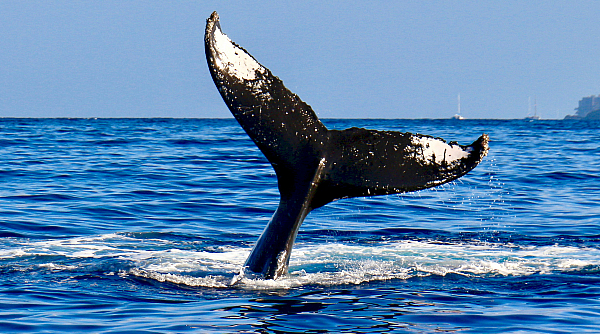Canada’s Maritime provinces of New Brunswick, Prince Edward Island, and Nova Scotia boast some of the most breathtaking coastal landscapes in the world. But beyond the stunning vistas and charming seaside villages lies an awe-inspiring adventure waiting to be experienced: whale watching. The rich waters of the Atlantic Ocean are home to a diverse array of whale species, making this region a prime destination for wildlife enthusiasts and adventure seekers alike. In this guide, we’ll delve into everything you need to know to embark on an unforgettable whale watching excursion in Canada’s Maritime provinces.
Best Time to Go
The best time for whale watching in the Maritime provinces typically spans from May to October, with peak season occurring between June and September. During this period, the waters are teeming with various whale species, including humpback whales, minke whales, fin whales, and even the majestic North Atlantic right whale. Each month offers a unique experience, with different species migrating through the area at various times. However, it’s worth noting that weather conditions can be unpredictable, so it’s essential to check the forecast before planning your trip.
Weather and What to Take
The weather in the Maritime provinces can vary significantly, so it’s essential to dress in layers and be prepared for potential changes in temperature and conditions. Be sure to pack warm clothing, including a waterproof jacket, sturdy footwear, and sunscreen. Additionally, don’t forget essentials such as sunglasses, a hat, and a camera or binoculars to capture the magic of your whale watching adventure.
What to Expect
Whale watching tours in the Maritime provinces typically depart from coastal towns such as Saint Andrews in New Brunswick, Tignish in Prince Edward Island, and Halifax in Nova Scotia. Depending on the tour operator and location, excursions can range from a few hours to a full day, providing ample opportunity to spot these magnificent creatures in their natural habitat. While sightings are never guaranteed, the experienced guides and captains will do their utmost to ensure a memorable experience for all passengers.
Types of Whales
The waters of the Atlantic Ocean are home to a diverse array of whale species, each with its own unique characteristics and behaviors. Among the most commonly sighted whales in the Maritime provinces are humpback whales, known for their acrobatic displays and haunting songs, and minke whales, which are smaller in size but no less impressive. Additionally, lucky visitors may also catch a glimpse of fin whales, the second-largest whale species in the world, or the critically endangered North Atlantic right whale, whose population is estimated to be less than 400 individuals.
Approximate Costs
The cost of whale watching tours in the Maritime provinces can vary depending on factors such as the duration of the excursion, the size of the vessel, and the amenities provided. On average, expect to pay between $50 and $100 per person for a standard whale watching tour, with prices increasing for longer or more specialized trips. Some tour operators may offer discounts for children or group bookings, so be sure to inquire about any available deals when booking your adventure.
Types of Tours: Boats vs. Zodiacs
When it comes to whale watching tours, visitors in the Maritime provinces have the option of embarking on traditional boat tours or adrenaline-pumping zodiac expeditions. Boat tours typically offer a more comfortable and stable viewing platform, making them ideal for families or those prone to seasickness. On the other hand, zodiac tours provide a more intimate and exhilarating experience, allowing passengers to get up close and personal with the whales while zipping across the waves. Ultimately, the choice between boats and zodiacs comes down to personal preference and comfort level.
Pros and Cons
Whale watching tours in the Maritime provinces offer a host of benefits, including the opportunity to witness these magnificent creatures in their natural habitat, learn from knowledgeable guides, and create lasting memories with friends and family. However, it’s essential to be mindful of potential drawbacks, such as the possibility of rough seas, unpredictable weather, and the disappointment of not spotting any whales. Additionally, while responsible tour operators prioritize the well-being of the whales and adhere to strict guidelines to minimize disturbance, it’s crucial for visitors to respect these majestic animals and their environment.


